Artificial intelligence (AI) tools are taking the world by storm. There isn’t a day that goes by without new tools hitting the market and that includes AI web design services and tools. They are incredibly diverse, but they share one common goal: making web design more accessible to as broad an audience as possible.
Keeping an eye on these tools and services can benefit you even if you’re an experienced web designer. Knowing what the most popular AI web design options are and how to leverage them (as well as their limitations) can make your work easier.
In this article, we’ll talk 💬 about four types of AI web design tools and how they work. We’ll discuss their features, limitations, and what choices are available on the market. Let’s get to it!
1. Use an AI-based website builder 🏗️
There are a lot of website builder tools you can use for almost any type of project. You have website builder platforms such as Wix or Squarespace, as well as WordPress plugins such as Elementor (that can go toe-to-toe with standalone options).
One of the common denominators of most modern website builders are site and page templates. If you’re new to creating a website (or are in a hurry), you can use these templates as a foundation. Customize them enough, and you can have a professional-looking website ready to go in relatively short order.
AI website builders aim to simplify that process even further. One great example is Wix ADI. When you use this AI website builder, it’ll ask you to provide some basic information about the type of website you want to create and details about your business (if you have one).
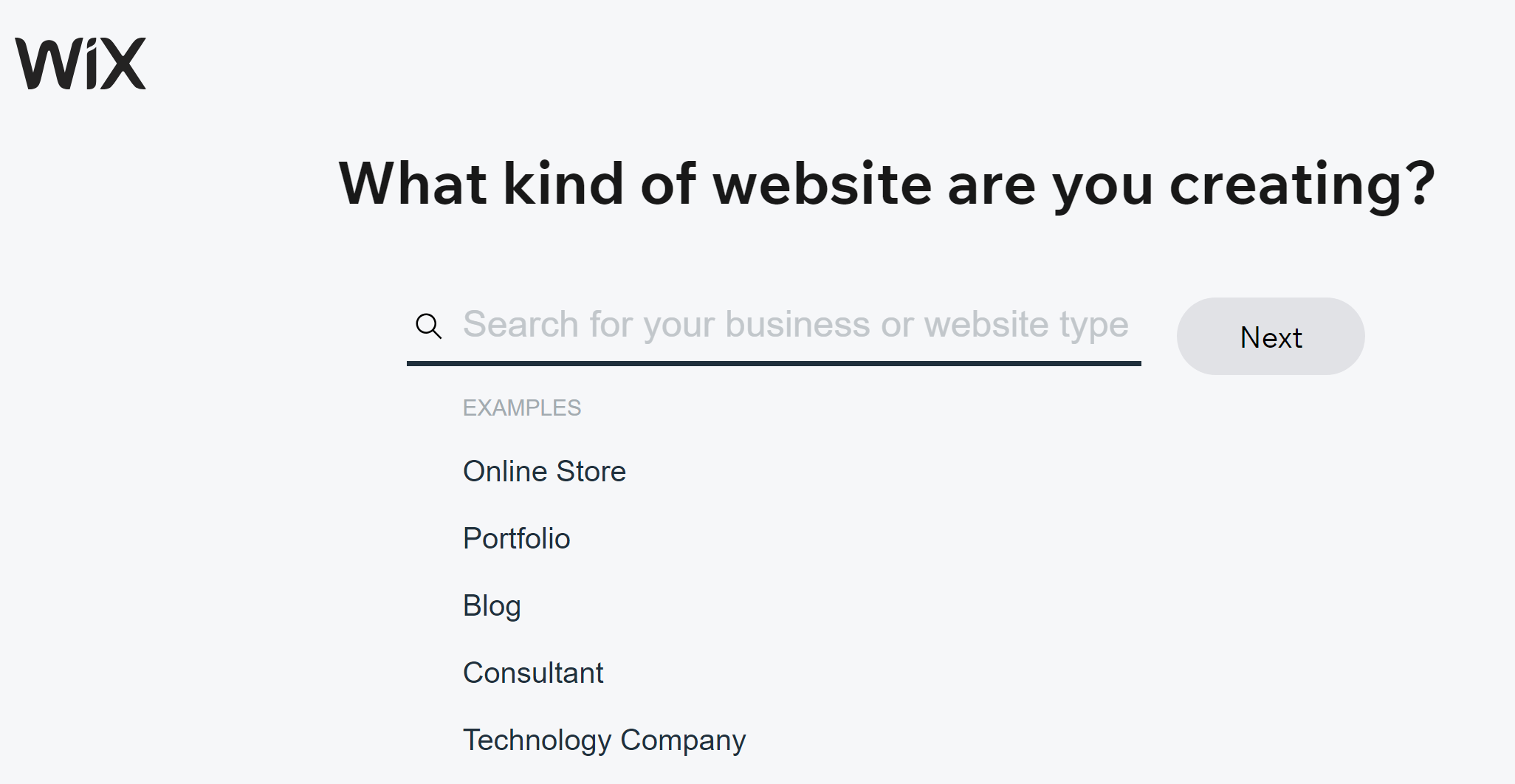
Wix ADI takes this information, searches the web for data related to it, and generates a website based on all of that. Every website is unique, and the AI comes into play by including images and text:
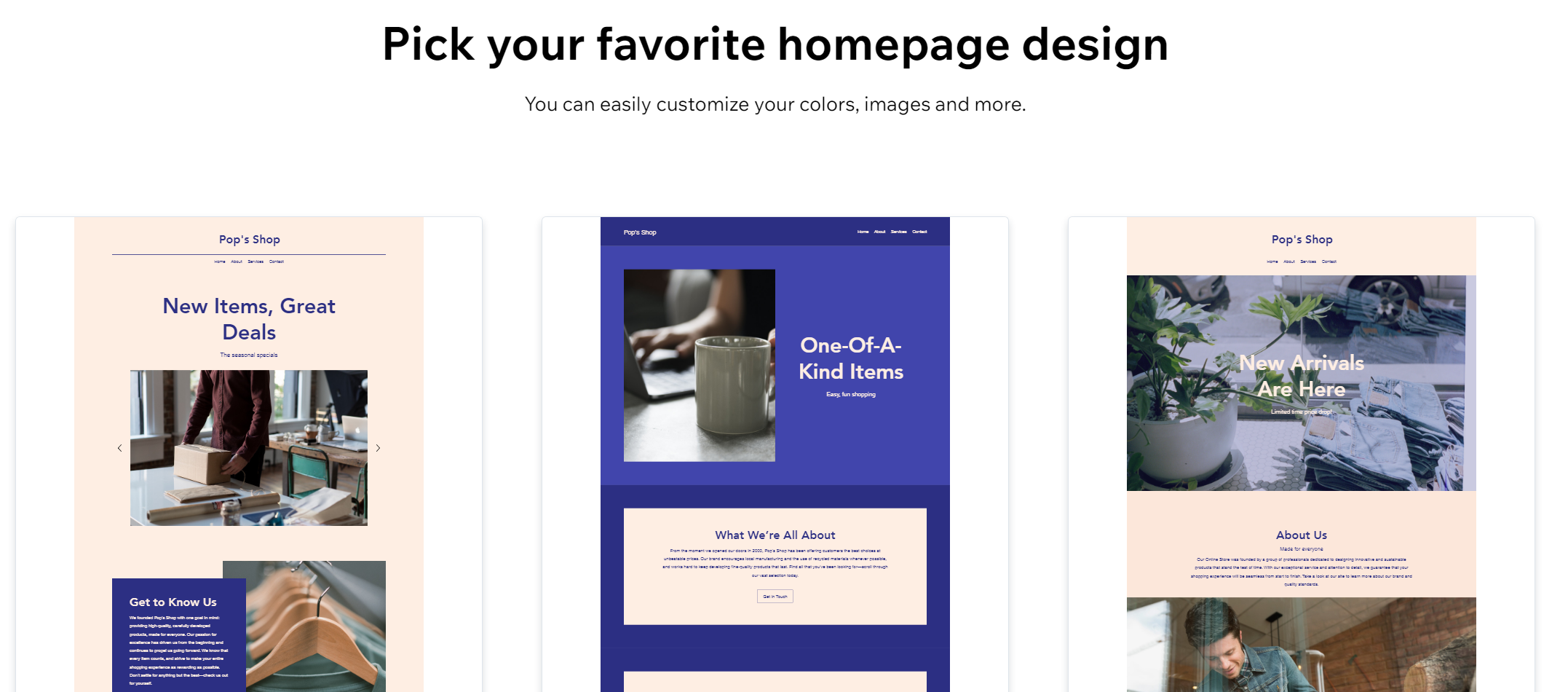
You can pick and choose which pages you want Wix to generate for you. When the site is ready, you can get to work on customizing it:

This AI-based approach is much more engaging than selecting from a library of templates. However, in practice, any website you generate using an AI builder will still require some level of customization. That means replacing text, adding your own images, and anything else the templates need.
You can benefit the most from using this type of tool if you have no experience building websites, and you want a solution you can get up and running quickly. With this type of AI web design tool, you won’t need to spend time learning how to set up a website. The tool can do the heavy lifting for you, and you can simply customize it.
Which AI website builder to use 🤖
2. Create design prototypes using AI 🎨
If you want to leverage AI to design a website but you don’t want it to generate the entire thing, you can use it for prototyping. In design, “prototyping” refers to creating mockups or demos of what a website or an app might look like in its final form.
This is a smart approach because it enables you to test ideas without spending days creating actual designs. However, prototyping does require you to have some background in web design. Otherwise, you might end up with designs that go against best practices or that you can’t replicate on a real website.
Alternatively, you can use AI prototyping tools to help you generate quick mockups. Some tools, such as Uizard, enable you to generate them from text prompts. You can also use Uizard to take website screenshots or sketches and transform them into mockups:
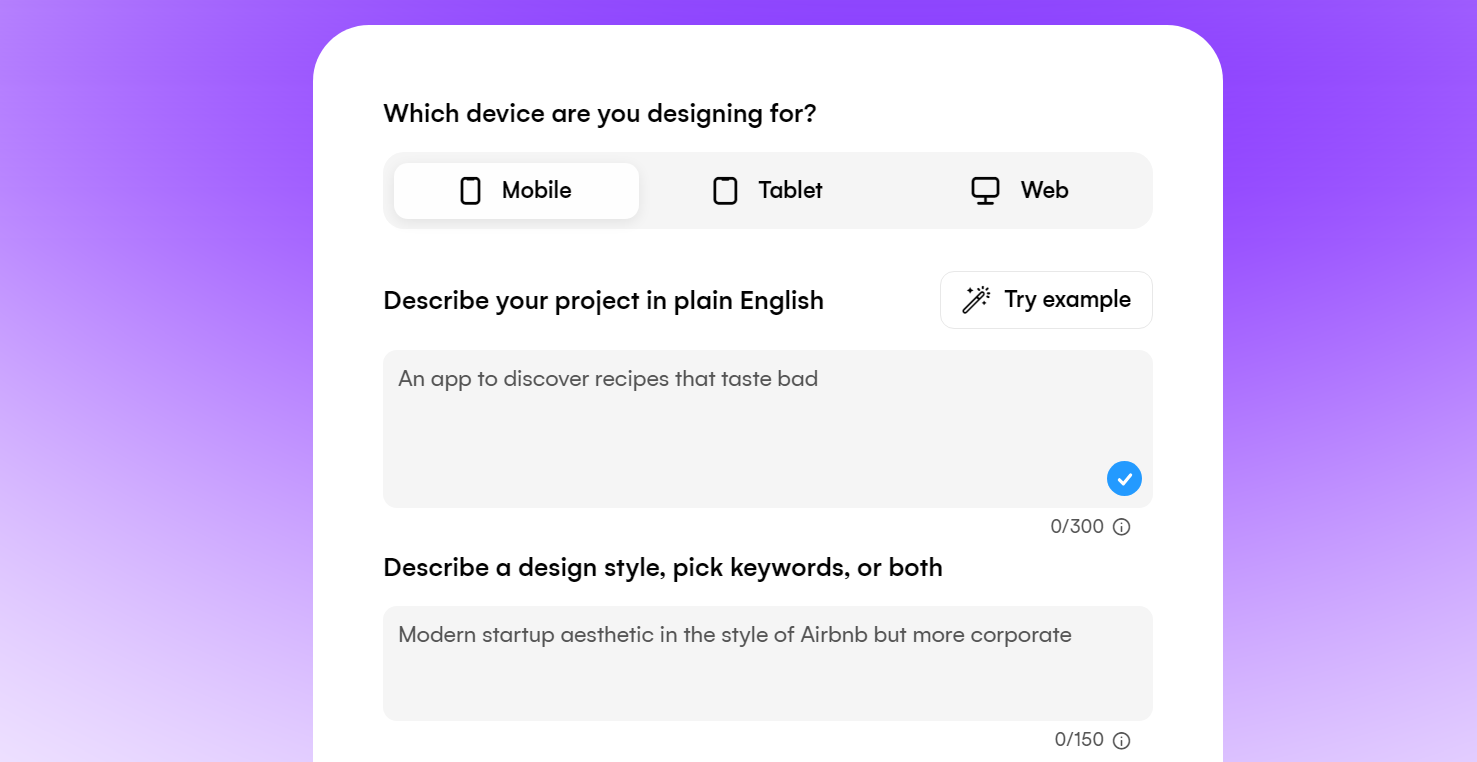
The AI can recognize most types of design elements and translate them into real web interfaces. You can use Uizard to customize these interfaces to get prototypes that look exactly the way you want them to.
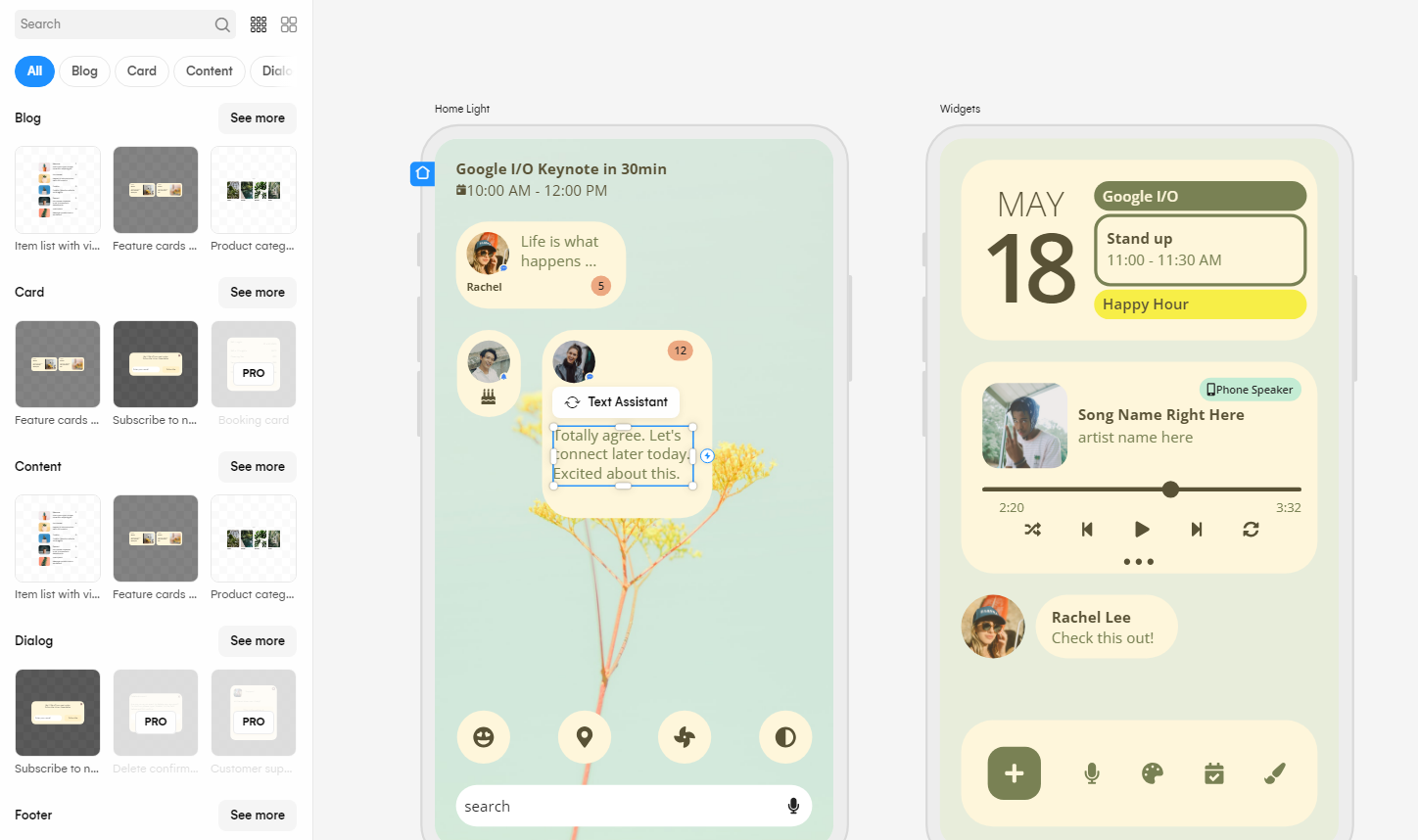
Seeing your design ideas come to life can be a quick way to test whether they work or not in a web format. If you work as part of a team, you can share Uizard prototypes to get feedback and use that to create better mockups.
The ultimate goal of this type of AI web design tool is to save you time. If you have web design prototypes that you like and that everyone approves, you can reference them while putting the website together. This is a much smarter approach than designing websites without a clear idea of what the end product should look like.
Which AI prototyping tool to use 🤖
3. Create a logo using AI 🍎
Using AI to create logos is a controversial idea. For most businesses, logos are a key part of their brand, and you want to design something that makes a strong first impression. AI can generate stunning-looking logos, but it’s hard to get this type of tool to create something that truly aligns with a brand.
Where AI logo generators shine is when it comes to creating a lot of unique options for you to consider. You can use tools such as Hostinger Logo Maker to make unique designs based on basic information. That includes your brand name, slogan, and the industry in which you work:
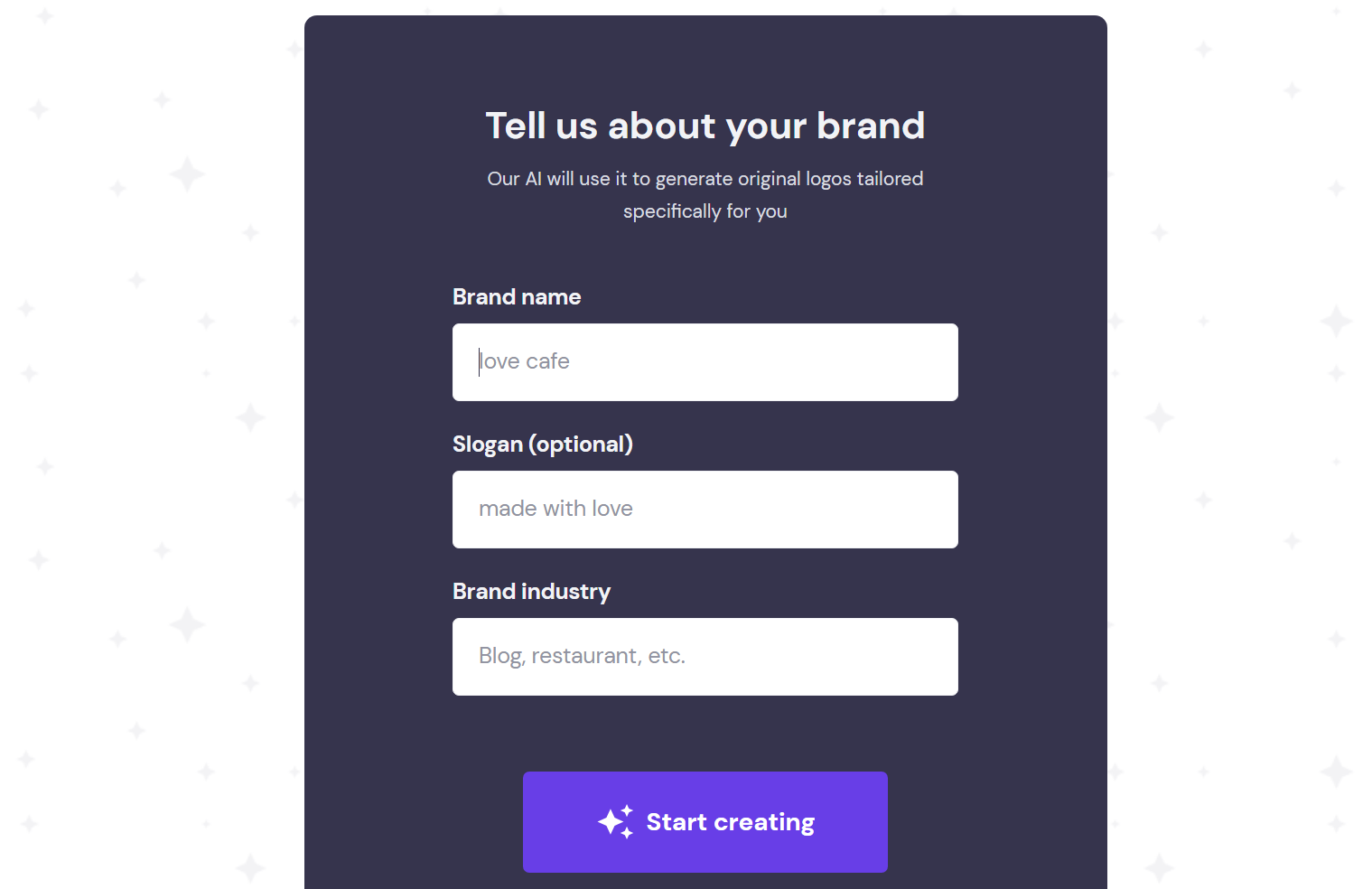
Depending on which tool you use, you might get access to hundreds of logo variations. Depending on your needs, one or more of them might be a good fit for your brand. If they’re not, you can use some of these ideas as inspiration when working with a logo designer.
Overall, this approach can help you get a better idea of what logo you envision for your website. If working with a designer, having a solid idea in mind will save you a lot of time and money instead of going into the process without clear expectations.
Which AI logo generators to use 🤖
4. Generate graphics using AI 🖱️
The vast majority of modern websites use a large number of images and graphics. If you look at any of your favorite sites, we’re willing to bet you can spot dozens of images in less than a few minutes of browsing.
Sourcing all of those images can be challenging. A lot of websites rely on stock photography, manual screenshots, or photographs. When you add the time it takes to source dozens or hundreds of graphics, it ends up being very significant. Moreover, sometimes it’s impossible to find a relevant image that you can legally use.
AI-generated graphics can help you in these scenarios. There are a lot of AI image generators you can use, such as DALL·E, Midjourney, Leonardo, or Fotor.
With the right prompts, it’s possible to use these tools to create “generic” images to populate your website. For example, if you sell sporting goods online, you can ask DALL·E to generate images for use throughout your site:
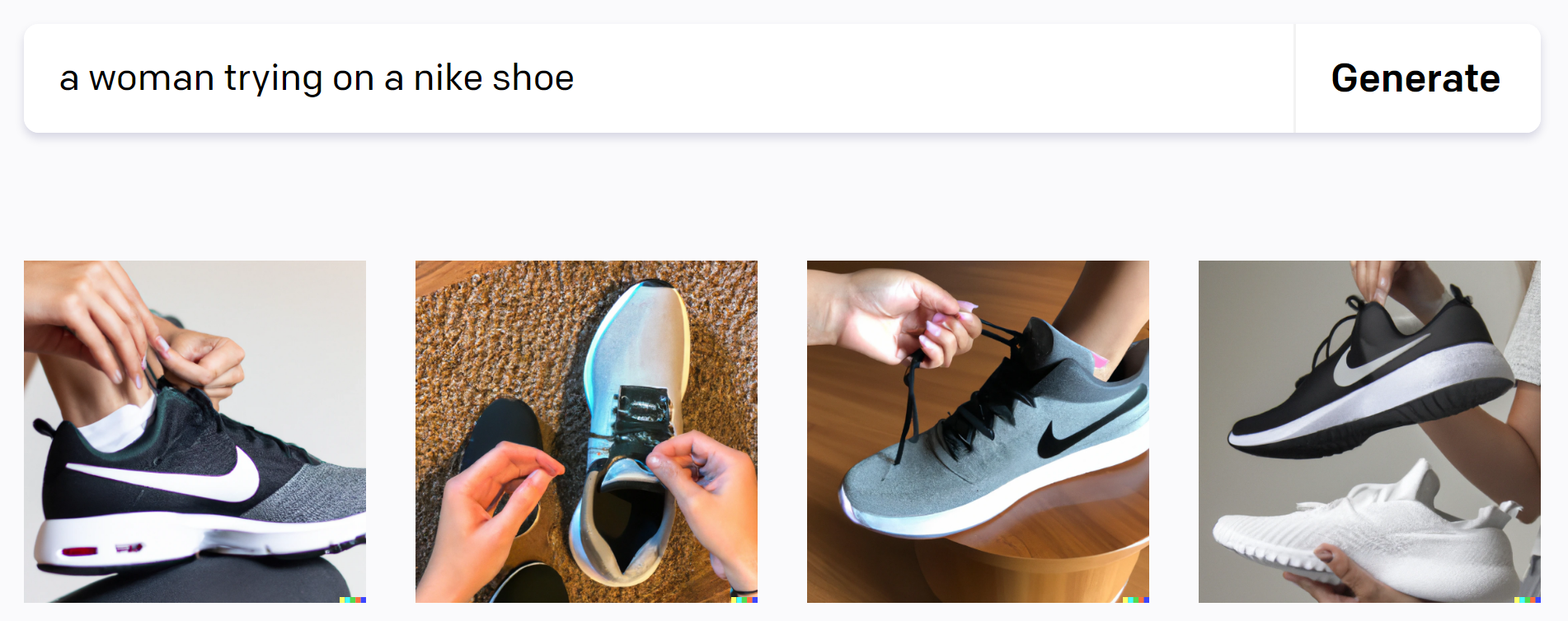
It’s important to note most AI image generators aren’t without flaws. Sometimes, people in the images won’t look quite “right.” Moreover, you might need to tinker a lot with prompts until you get an image that fits your needs. If you have very specific needs, you’re better off sourcing images from elsewhere.
Aside from popular tools such as DALL·E and Midjourney, you can also use ChatGPT to generate all kinds of images if you have access to plugins. Some plugins enable you to create diagrams, which can be used to illustrate content on the web:

👉 In terms of legality, it’s safe for now to use AI-generated images on your website (although they can’t be copyrighted). However, that may change in the future.
Conclusion 🧐
The human element is critical in web design. AI web design tools can help you iterate faster, come up with ideas, or even source images on the rare occasions when you can’t find other options. However, if you don’t have a grasp of web design fundamentals and best practices, even the best AI-powered tools won’t help you create a stunning website.
💡 You can get the most out of this type of tool if you’re either an experienced web designer or you simply need a quick solution. In those cases, here’s how you can leverage AI web design:
- Use an AI-based website builder. 🏗️
- Create web design prototypes using AI. 🎨
- Create a logo using AI. 🍎
- Generate graphics using AI. 🖱️
Do you have any questions about AI web design tools? Let’s talk about them in the comments section below!